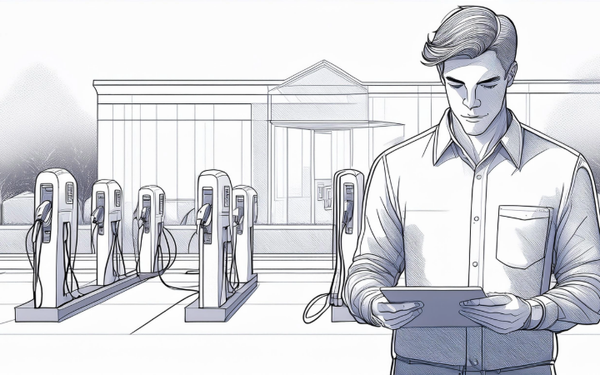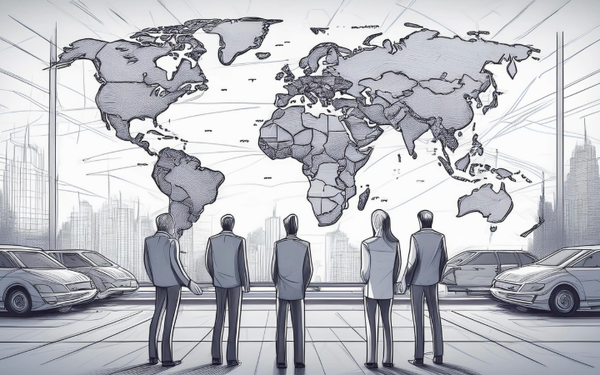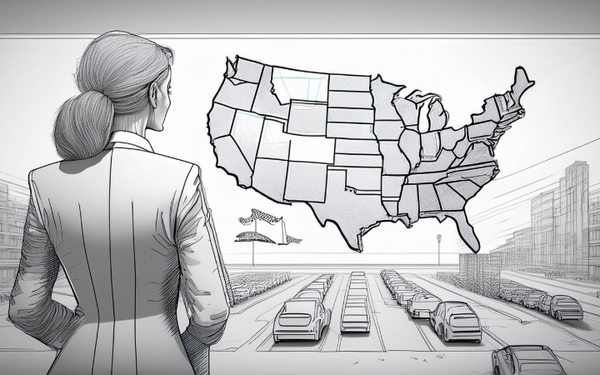The Netherlands Leads the EV Way in Europe
According to various sources, including Zap-Map and Statzon, the Netherlands is leading the way in providing an extensive network of public charging points. This article explores how the Netherlands is doing it.

The Netherlands is the European country with the best coverage of EV chargers relative to the number of electric cars registered. According to various sources, including Zap-Map and Statzon, the Netherlands excels in providing an extensive network of public charging points, ensuring that the ratio of electric vehicles (EVs) to charging points remains favorable.
Key Points:
- High Density of Charging Points:
- The Netherlands has an exceptionally high number of public charging points. As of 2023, the country has maintained fewer than ten EVs per charger, which is well below the European average. This high density makes it easier for EV drivers to find available chargers without long waits or extensive searches.
- Infrastructure Investment:
- The Dutch government and private sector have invested significantly in EV infrastructure. This includes both regular public chargers and high-power chargers (HPC), facilitating rapid charging options for users. The robust infrastructure supports the increasing number of EVs on Dutch roads.
- Strategic Placement:
- Charging stations in the Netherlands are strategically placed in urban areas, along highways, and at key destinations such as shopping centers and public parking areas. This strategic placement enhances accessibility and convenience for EV drivers.
- Supportive Policies:
- Government policies in the Netherlands strongly support the expansion of EV charging infrastructure. These include subsidies for installing chargers and incentives for both private and commercial adoption of electric vehicles.
- Ratio of EVs to Chargers:
- As of the latest data, the Netherlands has about five EVs per public charging point, significantly better than the European Union's recommendation of ten EVs per charger. This favorable ratio helps in maintaining high service levels and user satisfaction.
Comparative Analysis:
While countries like Norway have high EV adoption rates, they face higher ratios of EVs to chargers, with over 30 EVs per charger, indicating more pressure on existing infrastructure. Other Western European countries like Germany and France also have extensive networks but do not match the Netherlands' efficiency in charger-to-EV ratio.
Eastern European countries, although having fewer EVs, often have better ratios due to lower EV adoption rates. However, their overall infrastructure is not as developed or widely distributed as in the Netherlands.
Conclusion:
The Netherlands stands out as the European leader in EV charging infrastructure relative to the number of electric vehicles. The country's comprehensive approach, including substantial investments, supportive policies, and strategic placement of chargers, ensures that EV drivers have reliable and convenient access to charging points.
For further details, refer to sources such as Zap-Map, McKinsey, and Statzon for in-depth analyses of EV infrastructure across Europe.





